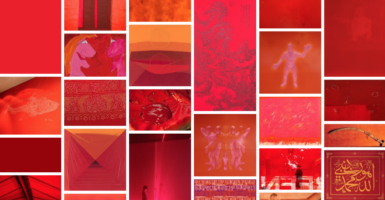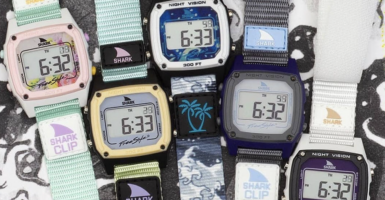Pure 1960s Nostalgia In Vintage Photos
Those who lived through the ’60s and weren’t very young children at the time can often attest that there was just as much to be worried about as there was to be positively excited about at the time.
At the same time, it would be underestimating people’s nostalgia severely to suggest there wasn’t anything groovy about the 1960s. There may have been an overwhelming number of serious social issues in the air, but there’s just as much about the decade that people wish they could bring back.
Before The Decade Was Out, It Was Immortalized
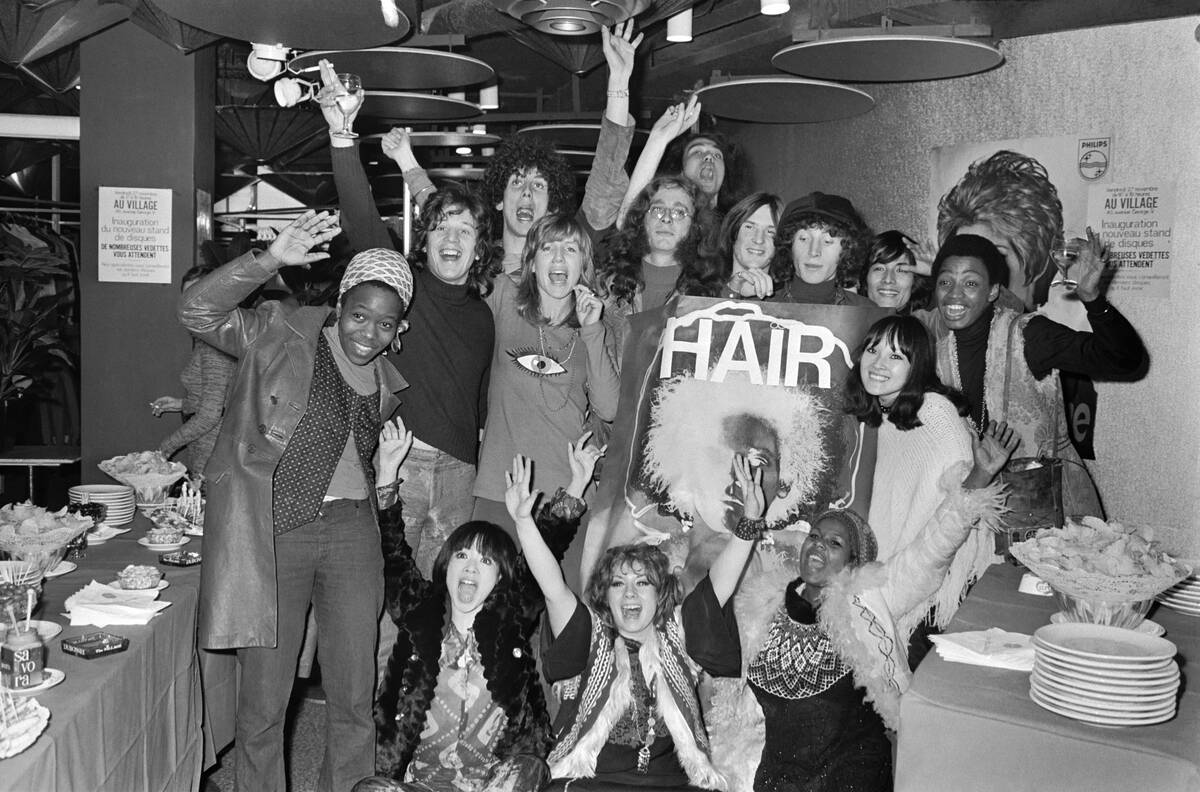
Although this photo is from 1970, it’s one of the earliest photos capturing the then-controversial and now widely beloved musical Hair, which opened on Broadway in 1968. Instead, this is a French cast who were performing the show in Paris two years later.
The musical’s clear counter-cultural bent extended to its playful warping of American history, its songs about the leisure activities the hippies often got up to, and its tradition of featuring the cast’s bodies in a particular scene. Although these aspects are nostalgic now, they ruffled their share of feathers at the time.
Two Skyscrapers Were Under Construction
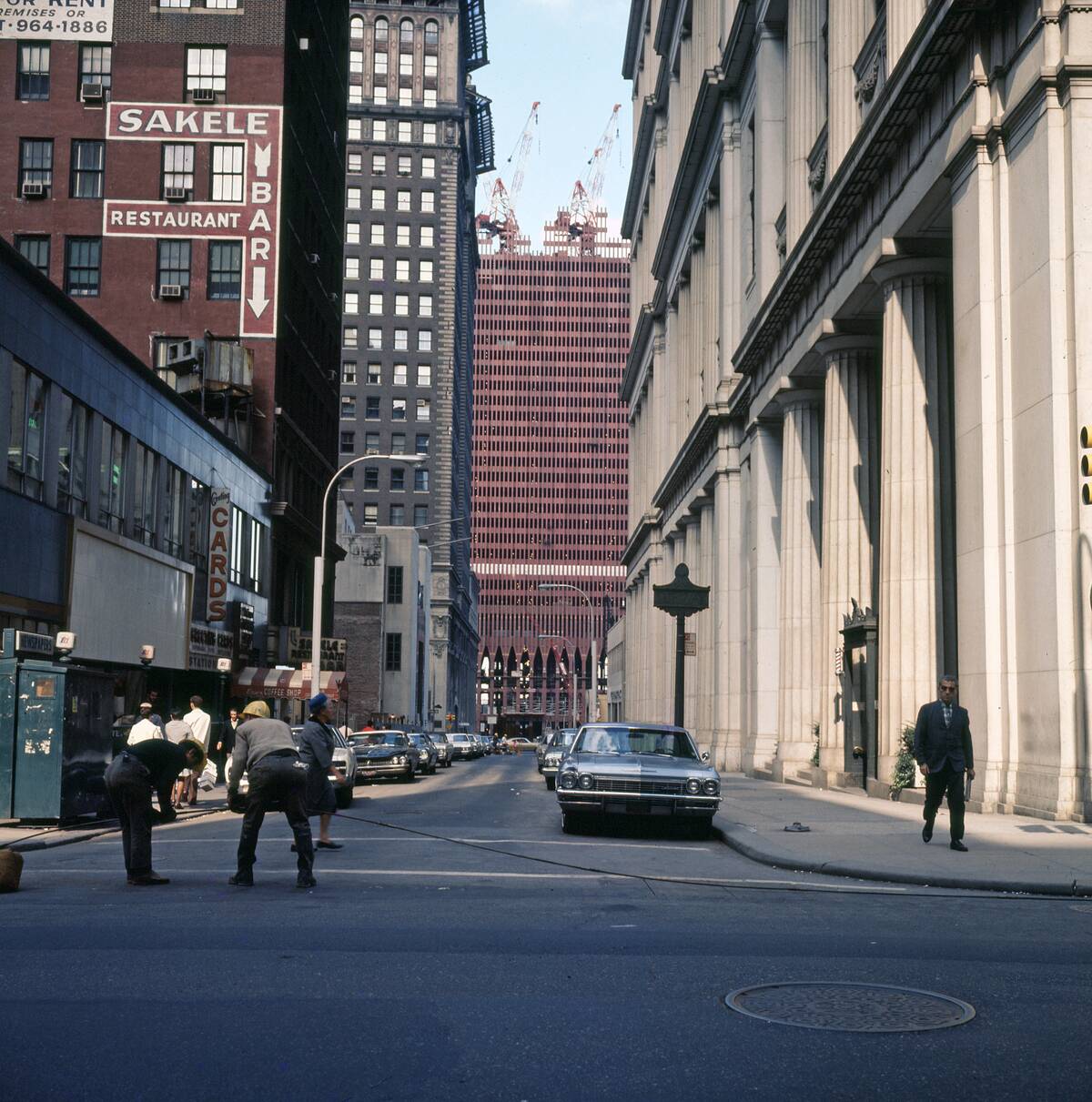
An ambitious plan to revitalize Lower Manhattan finally started to come to fruition by the late ’60s as construction began on the original World Trade Center – a complex dedicated to international commerce that would be anchored by two massive twin towers.
Construction got underway in 1966, which started with a massively deep dig. By the time this 1969 photo was taken, the towers were already well underway.
A Historic Festival Across The Pond

Although Americans in 1969 were filled with hype about the landmark Woodstock Festival in upstate New York, those throughout the United Kingdom were lucky enough to attend a similarly era-defining music festival that year.
The Who were one of the major acts featured at the Isle Of Wight festival that year, but Bob Dylan and The Band made for the most hotly anticipated headliner, especially since he had ignored Woodstock despite its proximity to his home. Dylan’s performance proved so moving that it inspired George Harrison to write the song “Behind That Locked Door” for his seminal solo release All Things Must Pass.
Marlon Brando Was A Legend
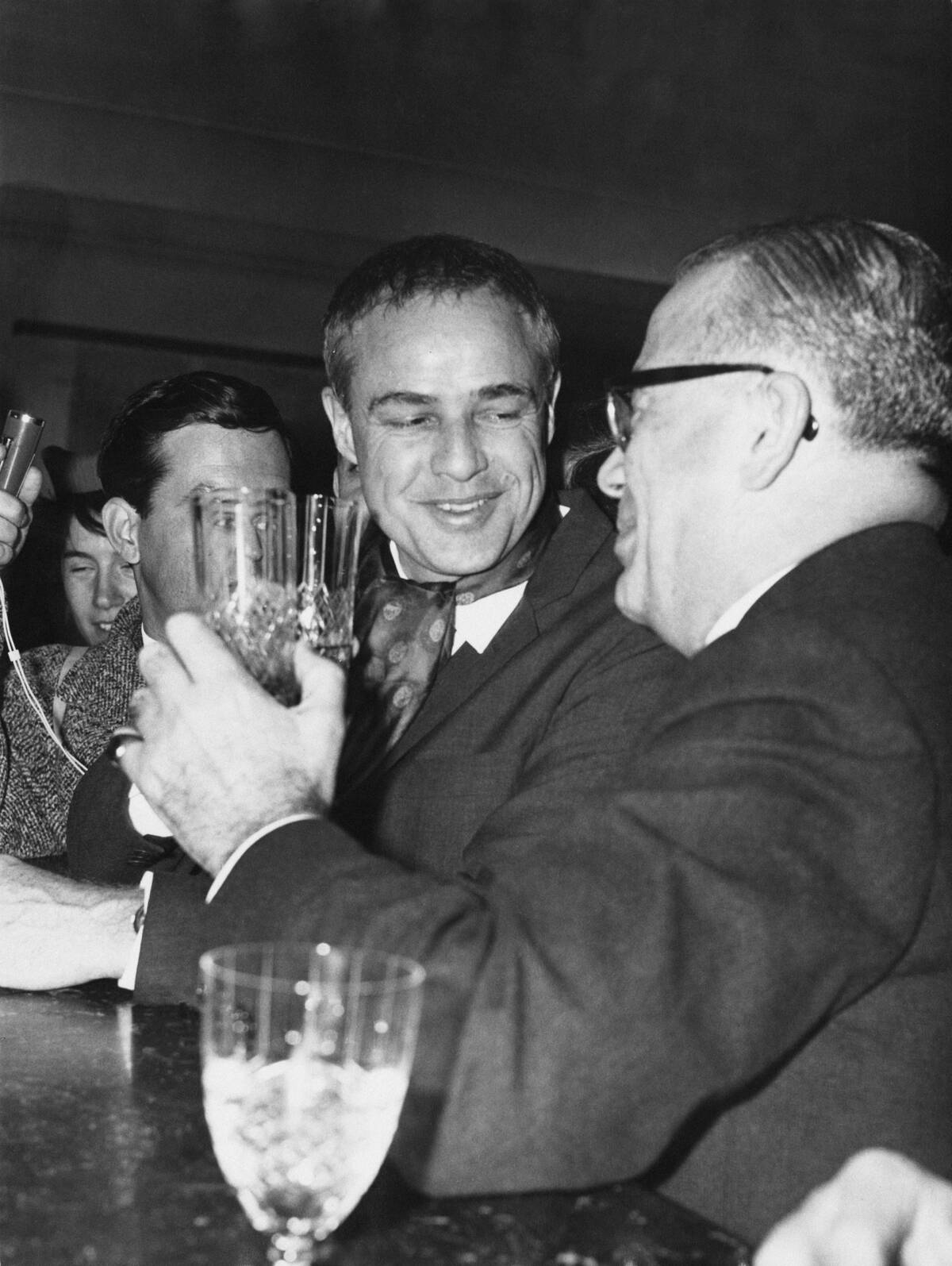
Actor Marlon Brando, seen here in the middle of the picture, was already a legend by the 1960s after revolutionizing Hollywood with his method style in the 1950s.
In the ’60s, he moved into directing with mixed results, but this uneven decade merely paved the way for his big comeback in 1972’s The Godfather.
The 1960s Were A Massive Time For Judo
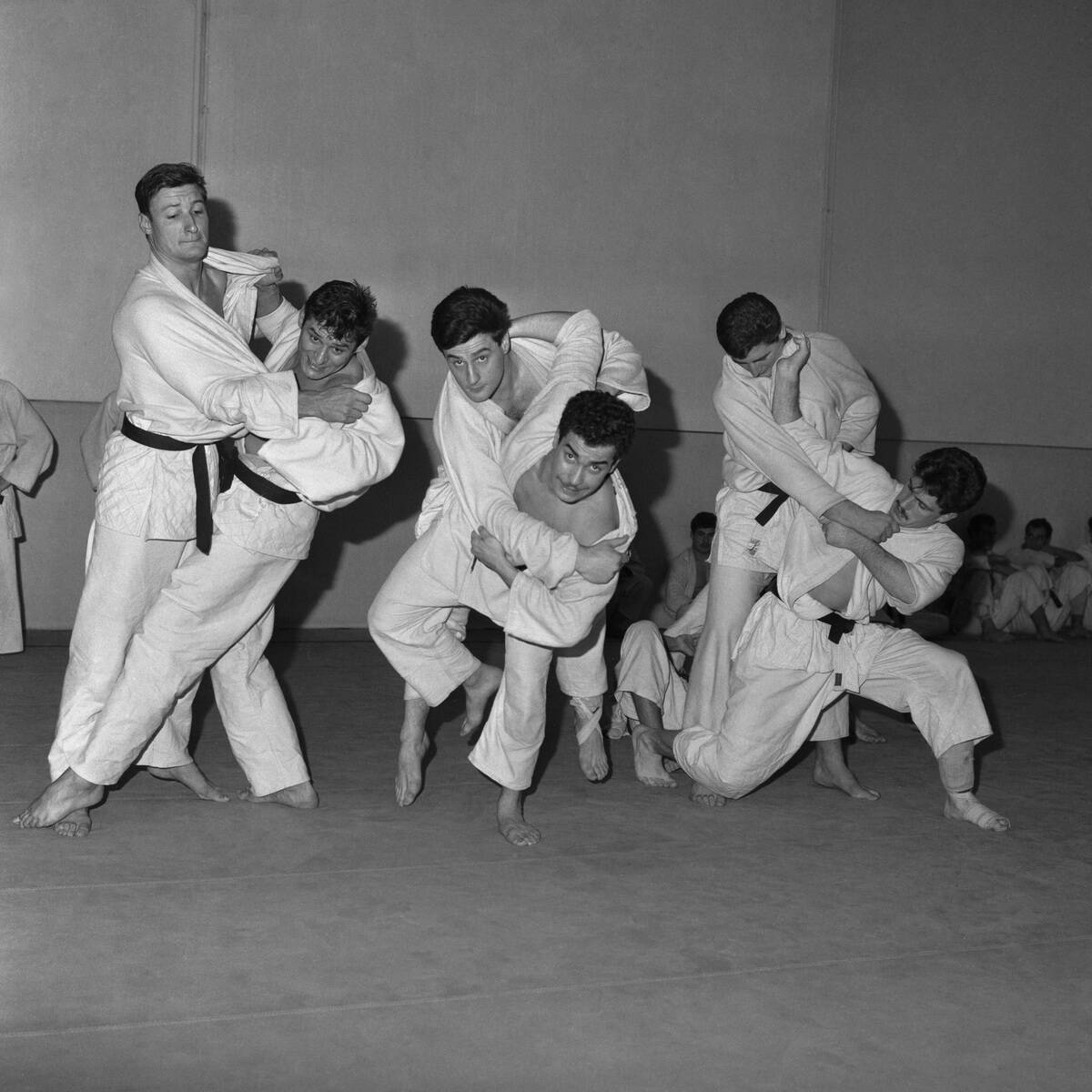
Although Judo had existed in the western world for decades by 1960, that still proved to be a big year for the martial art, as that was when the International Olympic Committee was accepted as an Olympic sport.
Four years later, it officially debuted at the Summer Games in Tokyo. Although Judo was not included in the 1968 Summer Games, it made its permanent return by 1972. Clearly, it was already spawning some pretty fierce competitors by 1961, judging by this shot.
Yoga Was Catching On As Well
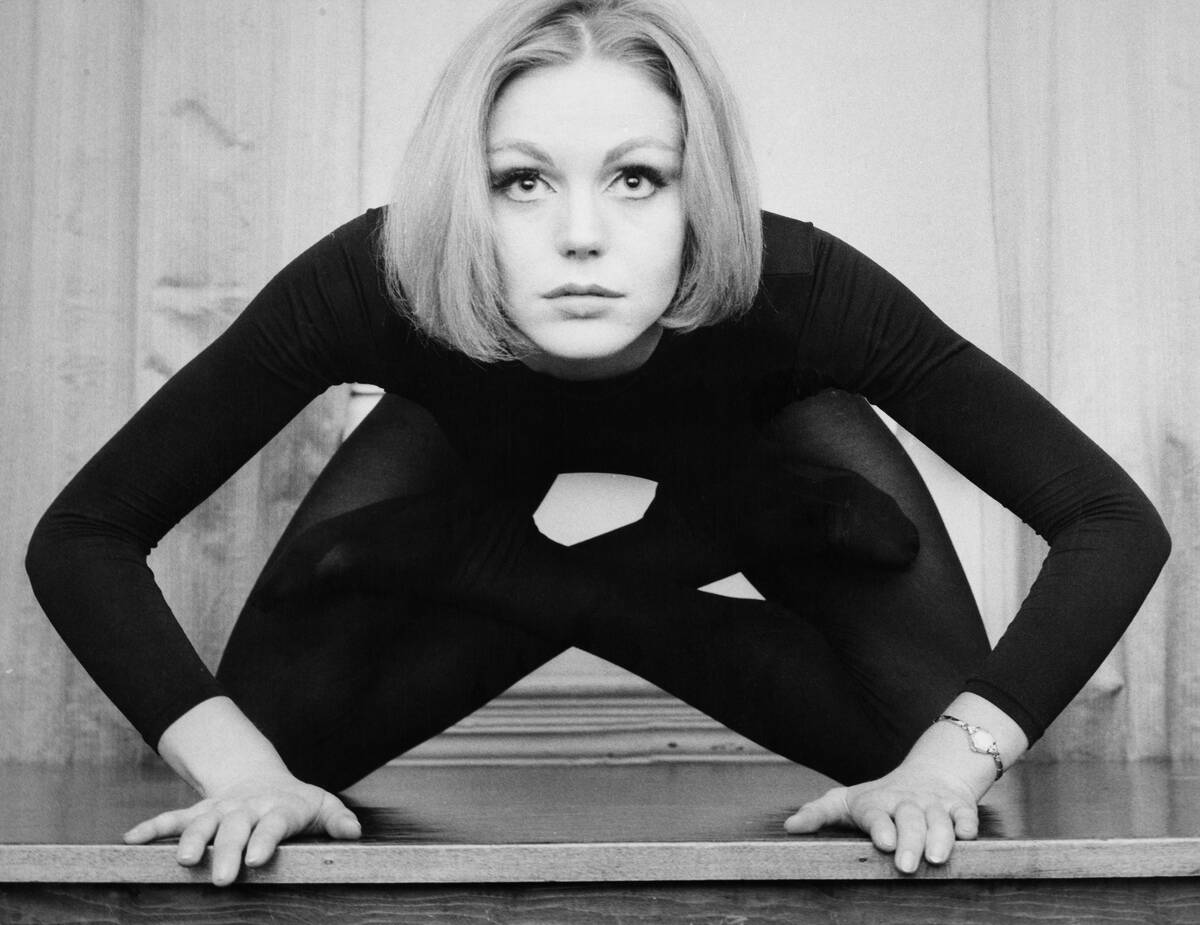
Here, we can see British fashion model Debbie Condon doing a yoga pose during her heyday in the ’60s. Although yoga wouldn’t be quite as mainstream in the ’60s as it is now, it was steadily gaining in popularity that would show even more impressive growth during the ’80s.
Considering that both the leading pop cultural figures of the ’60s and the proponents of the widespread hippie movement were showing a great deal of interest in Asian cultures, it’s not exactly surprising that yoga’s popularity would surge in that decade.
A Wholesome Domestic Scene During The Space Race
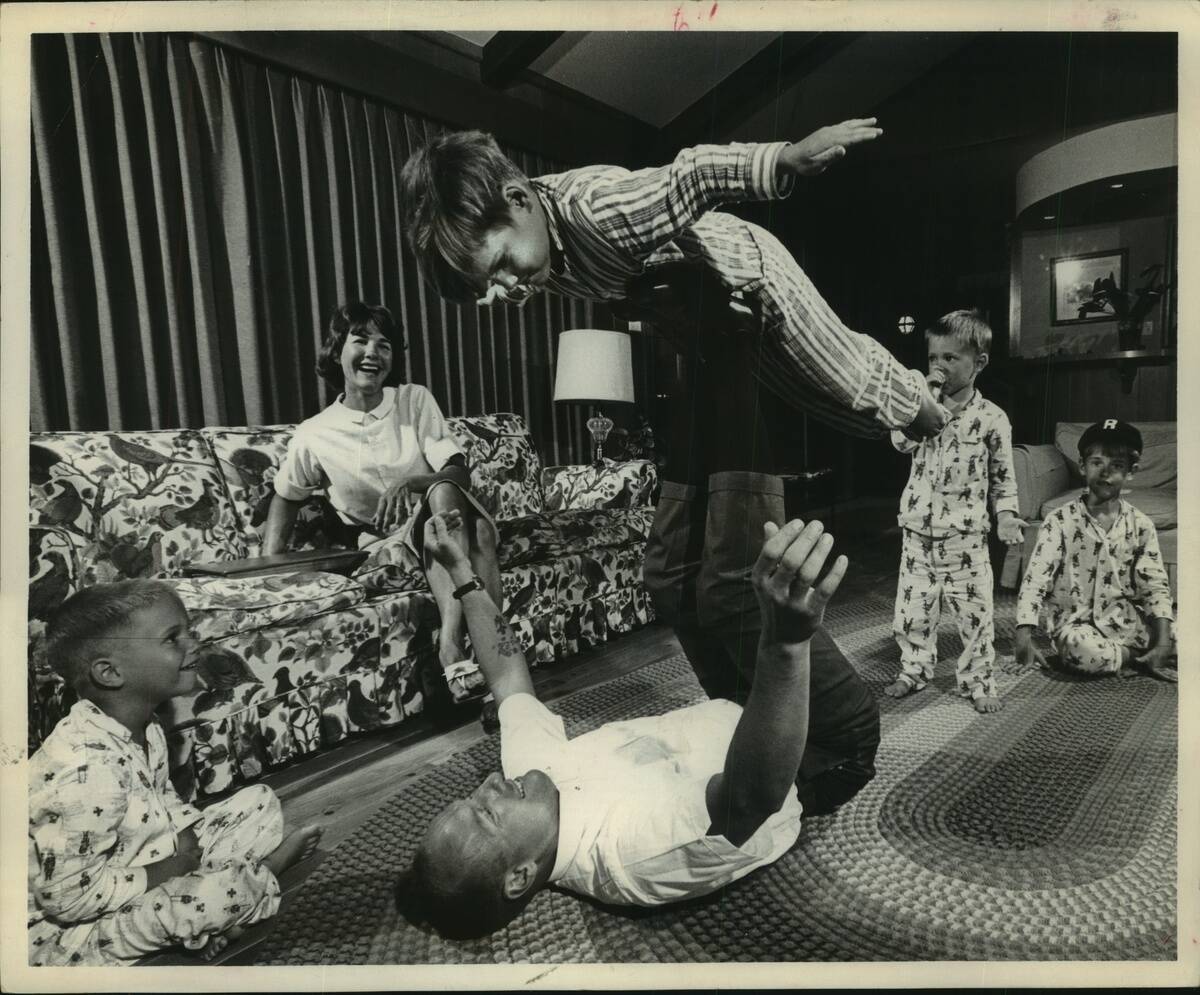
Although there are obviously many ways in which the United States and the Union of Soviet Socialist Republics found themselves at loggerheads during the ’60s, one of the most enduring aspects of the Cold War at the time concerned the Space Race.
In this case, we’re not just seeing a father playing with his child and pretending he’s in a spaceship. Instead, we’re seeing Lieutenant Commander Charles Conrad Jr. playing with his family in Houston, Texas, five years before climbing aboard a real one as part of the Apollo 12 mission.
Central Park Was Sometimes A Concert Venue
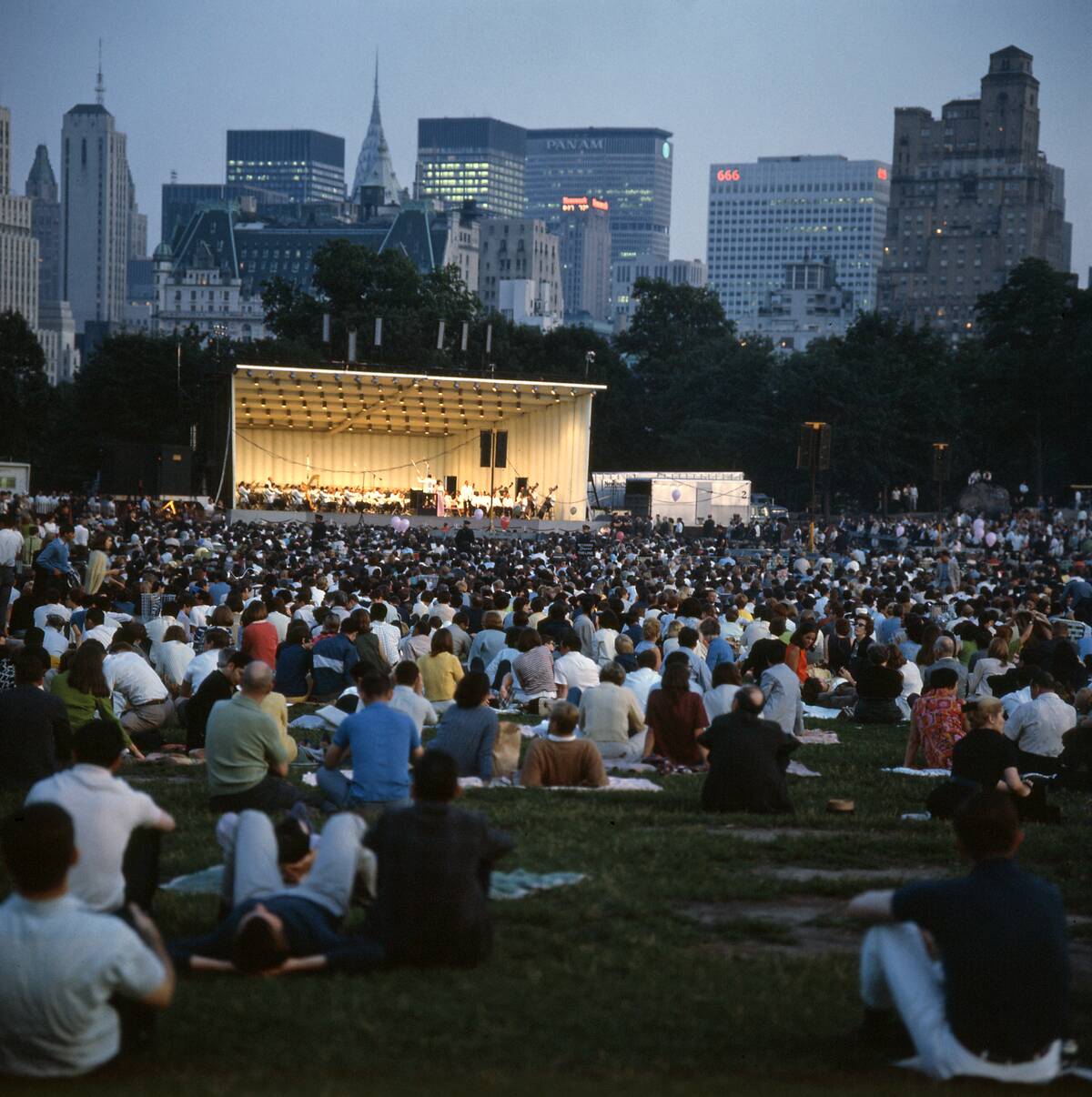
New York’s Central Park doesn’t have a permanent concert setup, but it’s still been home to some memorable concerts over the year. This image shows the crowd at a Barbra Streisand concert in June of 1967.
Streisand was a massive star by this point, having earlier gained critical acclaim for her star turn on Broadway with Funny Girl.
An Idyllic Scene
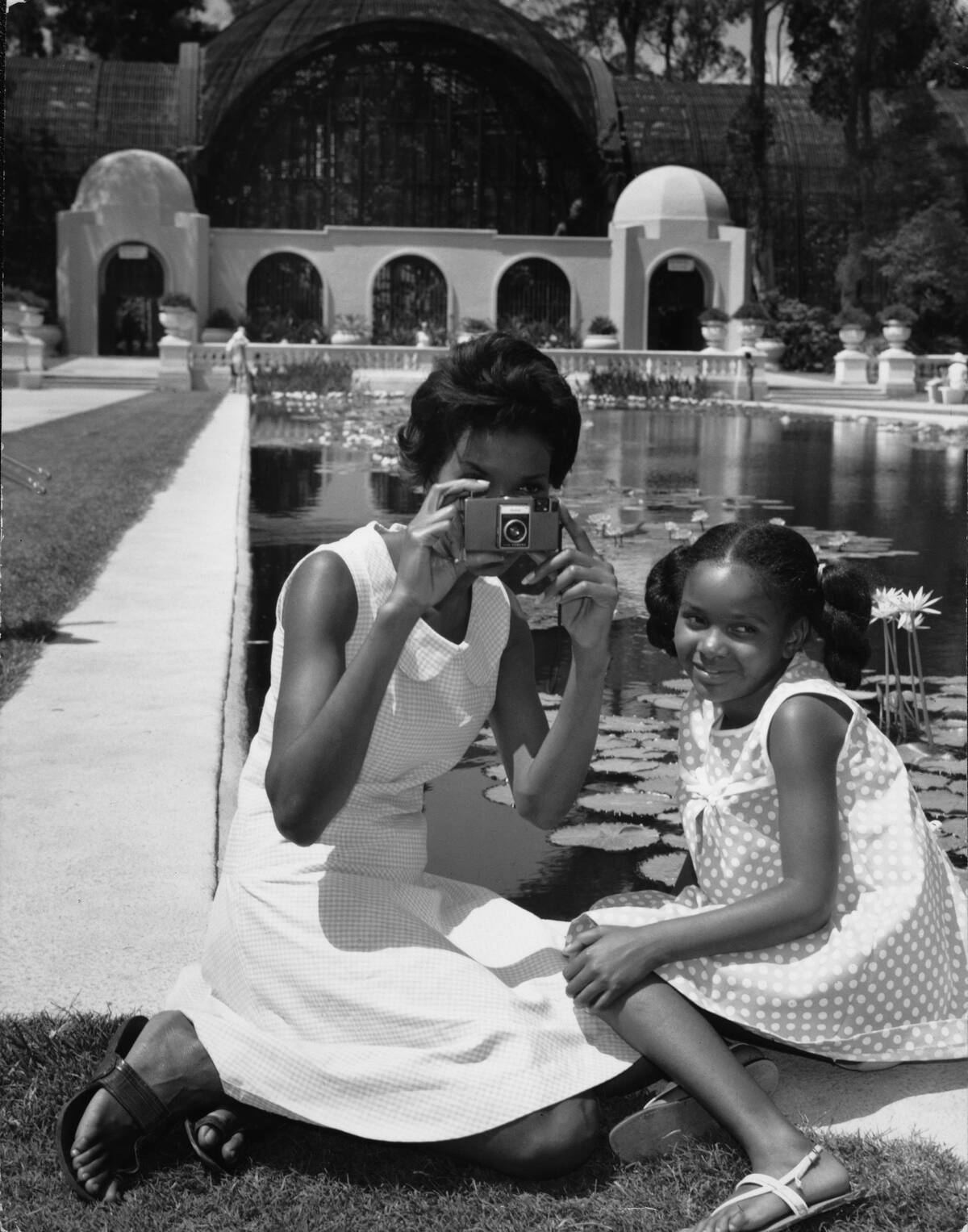
Unlike in many other photos we’ll be looking at today, there isn’t a wider cultural context for this one. This wasn’t a prototype for a new camera, and nobody in this photo would go on to be particularly famous.
Instead, we’re just looking at a woman and her daughter taking a photo at the tranquil ornamental lily pond in Balboa Park, San Diego, California. It always makes life a little richer to appreciate its little moments, and that was just as true in 1965 as it is now.
These Men Were Behind So Many Classic Records

Throughout the history of Motown, the unsung heroes who made the label’s classic records sound as good as they did were a group of tight, skilled musicians named the Funk Brothers. Down in Muscle Shoals, Alabama, another group of session musicians had earned a similar legendary status throughout the ’60s.
Collectively, these gentlemen were known as the Muscle Shoals Rhythm Section. Also known as the Swampers, they accompanied Muscle Shoals, Lynyrd Skynyrd, Bob Dylan, The Rolling Stones, Rod Stewart, Paul Simon, and other legends during the recording of some of their biggest hits.
Cannes Was The Epitome Of Glamour

The more things change, the more they stay the same – and in the ’60s, the Cannes Film Festival was a prestigious and influential event in the world of filmmaking, just as it is today.
This image showing the Carlton Cannes luxury hotel gives a glimpse of what visitors to Cannes could expect in the 1960s.
Audiences Witnessed The Birth Of An Icon
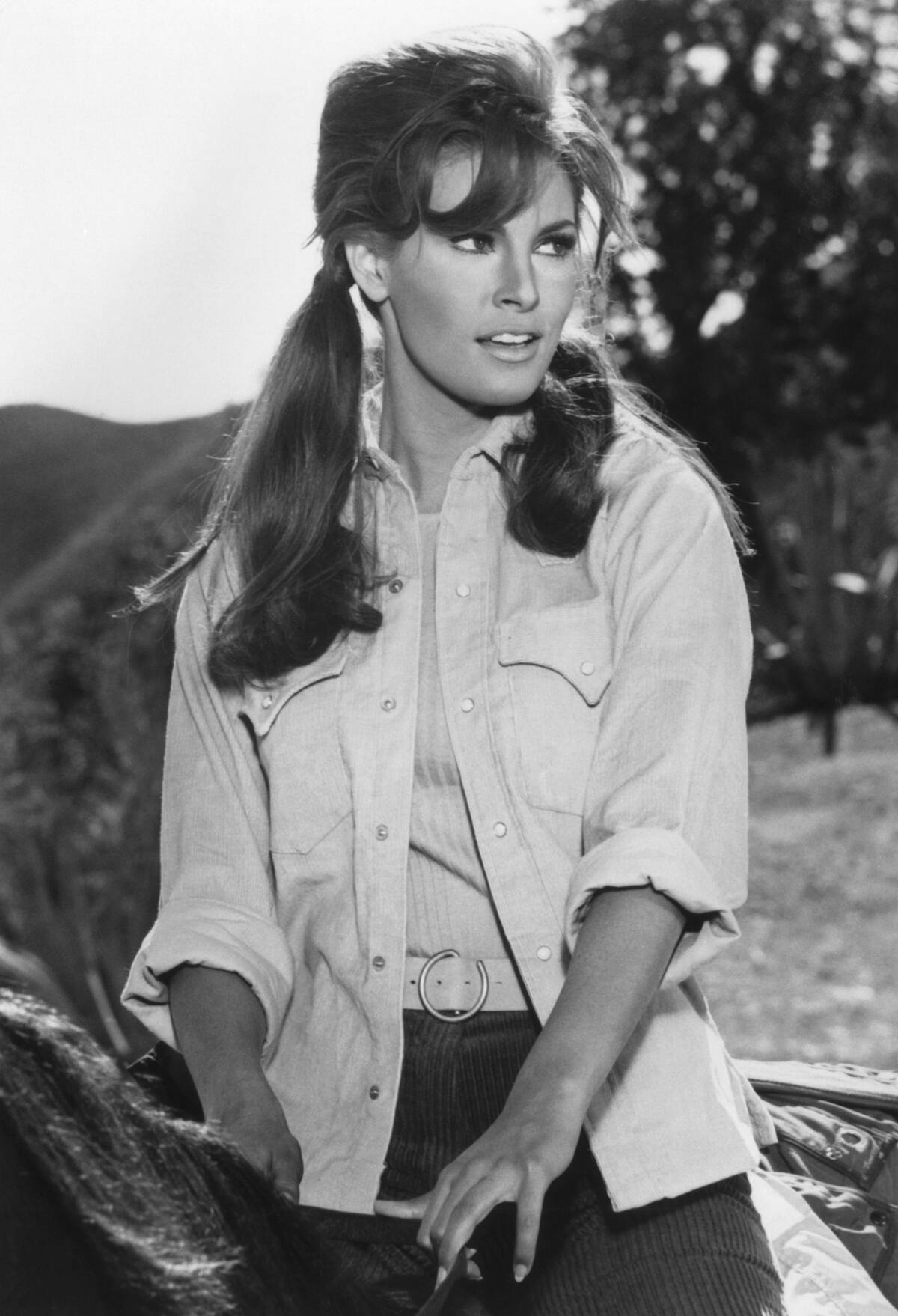
After securing her breakout role in 1966’s Fantastic Voyage, Raquel Welch all but became an overnight star throughout the rest of the late 60s and was firmly on the A-list well into the ’70s.
While it’s certainly true that audiences were physically attracted to Welch, there was far more to her appeal than that. The strength, confidence, and charisma she showed in her most famous roles made her a true icon. Her poise even shone through the bewildering mess that was 1970’s Myra Breckenridge.
It Was A Changing Era For New York Baseball

This photo showing the demolition of New York’s iconic Polo Grounds illustrates a shift in the city’s sporting landscape. Two baseball teams – the Dodgers and Giants – had departed in the 1950s, while an expansion team – the Mets – was formed to take their place.
The Mets moved into the venerable Polo Grounds, a stadium that had once been home to the Giants. Once construction of their gleaming new stadium in Queens was complete, the Mets moved in and the Polo Grounds was made redundant.
TVs Were Getting Bigger All The Time
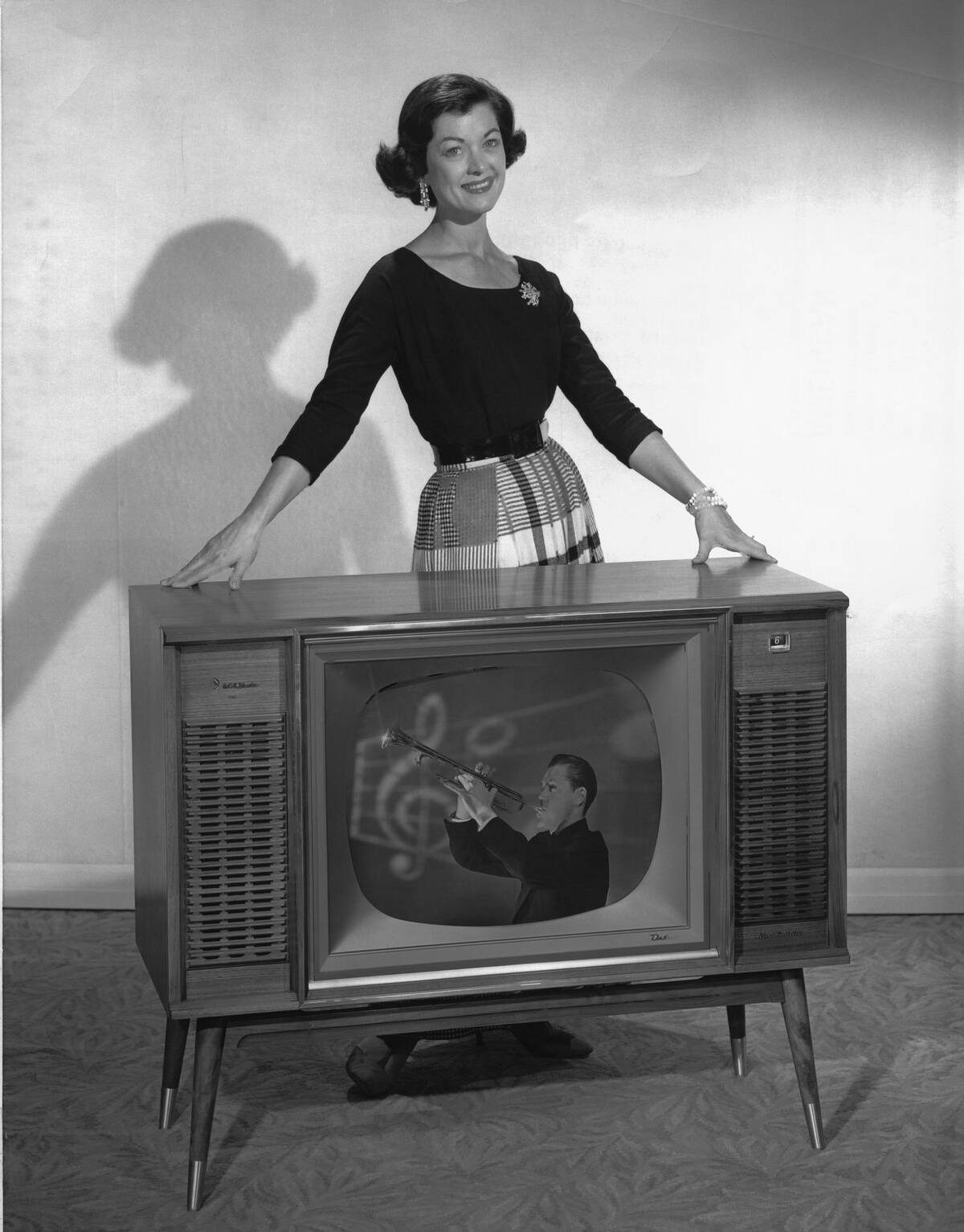
Although a large number of households throughout the 1950s incorporated television sets into their daily lives, their revolutionary viewing experiences were getting a bit quaint by the 1960s.
American families would make the switch to color TVs en masse by 1965 but even before that ’50s innovation became more widespread, the screens were also getting big enough for the whole family to comfortably watch them. This man playing the trumpet would have been much harder to see a decade earlier.
This Was Practically The Uniform For Young Academics
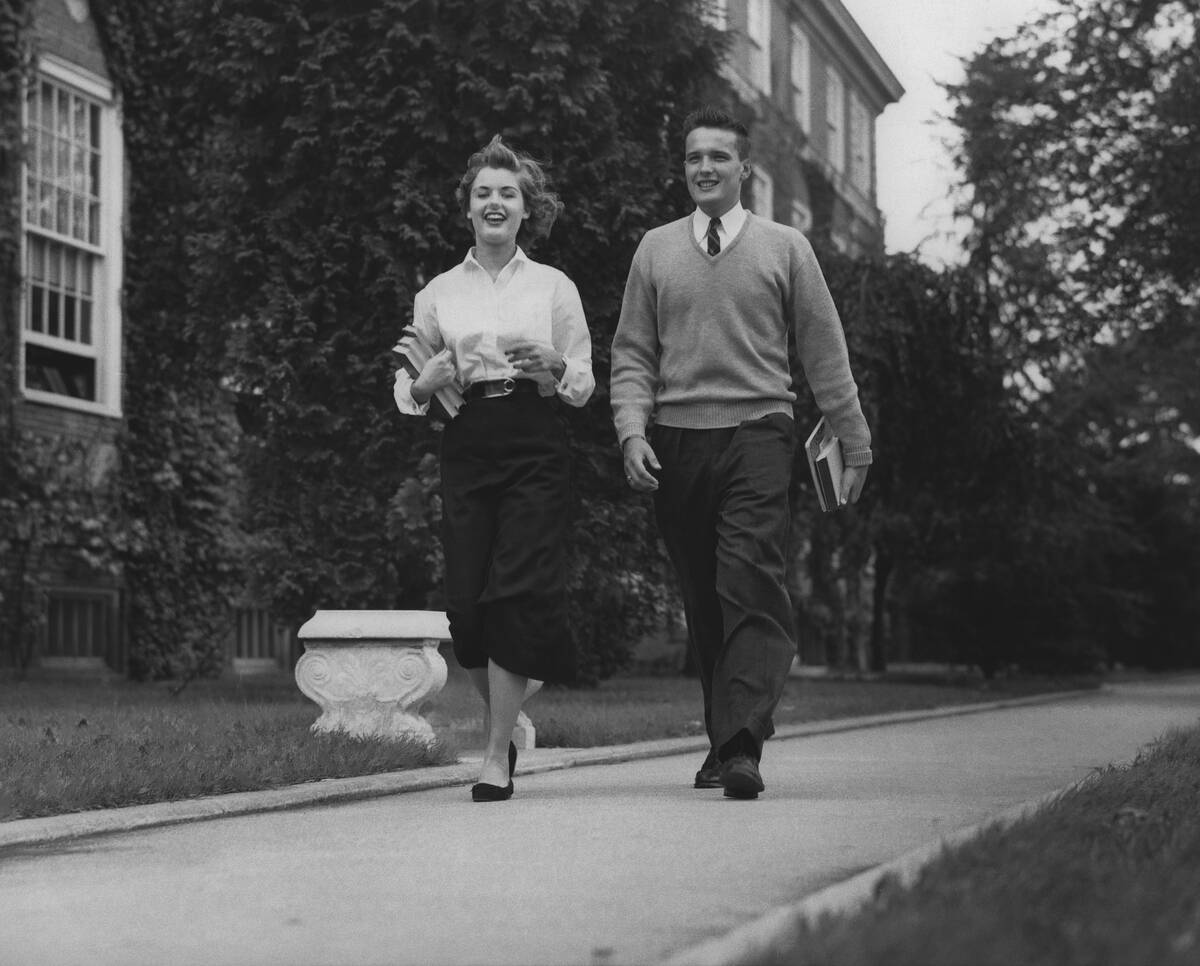
Here, we can see two young students walking around their college campus carrying books and otherwise travelling light. After all, there didn’t need to be as much space for laptops and other study aides back in the ’60s.
We can also see a major difference in how these students are dressed. While those who go for a preppy style in modern times may sport a similar sweater and tie combination as this young man, that was simply how students were expected to dress at the time.
It Was A Very Different Time
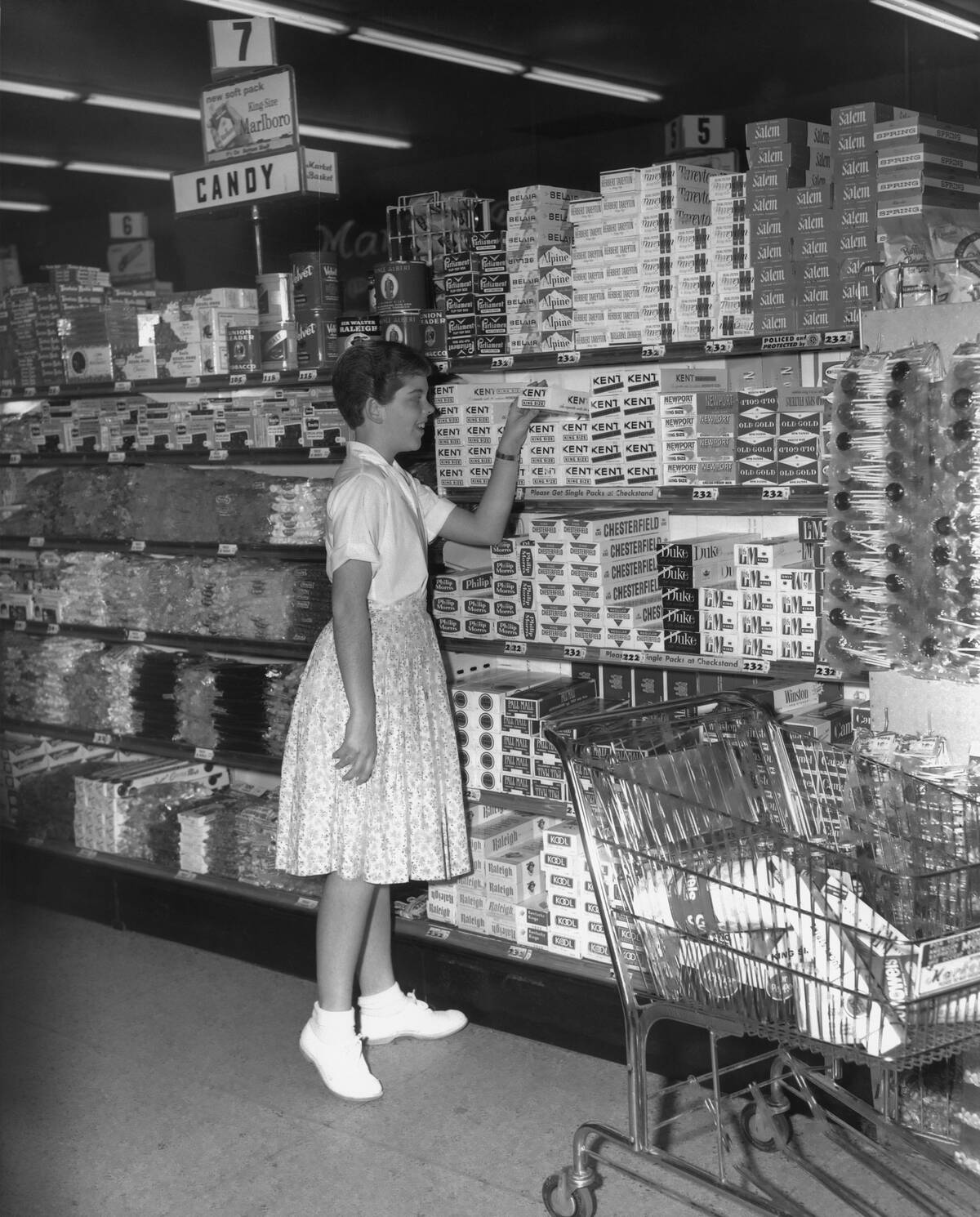
Although it’s unclear when in the ’60s this photo was taken, it’s jarring to see cartons of cigarettes just idly sitting on store shelves when looking in from an era when they’re always carefully stocked next to the clerk.
Indeed, that was partially because the harmful effects of cigarettes were still considered in dispute at the time, and partially because this young girl could have very well been old enough to smoke them back then. Although the American Cancer Society recommended the minimum age of 18 for purchasing tobacco, states set their own age minimums at the time. None were as high as the modern national limit of 21.
Times Square Was About To Go Through Some Changes
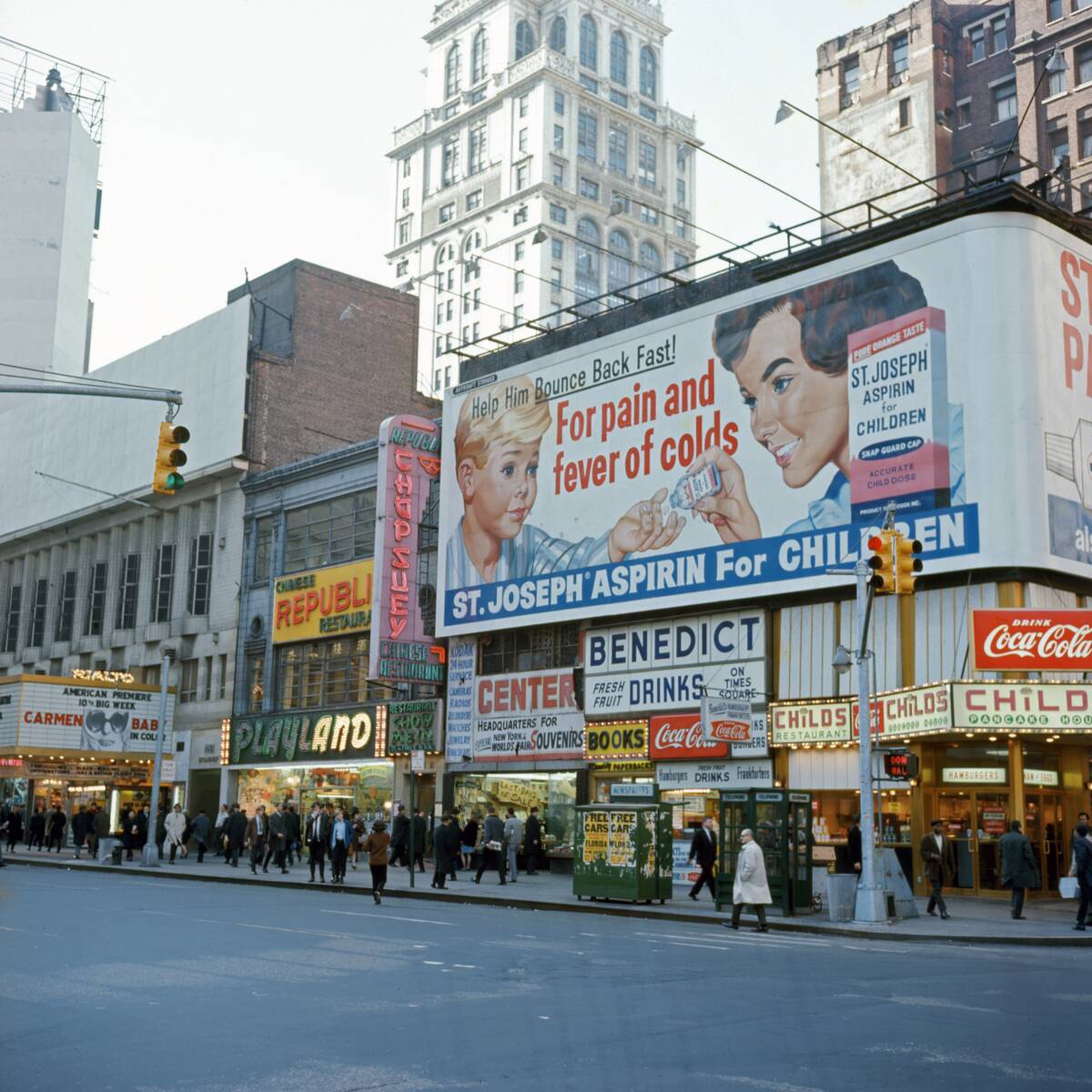
In the 1970s, Times Square became a notoriously seedy location, and by the 1960s, this decline was already evident – even if it hadn’t reached its most depraved depths just yet.
The transitional nature of ’60s Times Square can be seen in this image. While there are bustling crowds and family-friendly ads, it’s already evident that adult cinemas are starting to move into the area.
The Creative Classics Of ’60s Film Came From Desperation
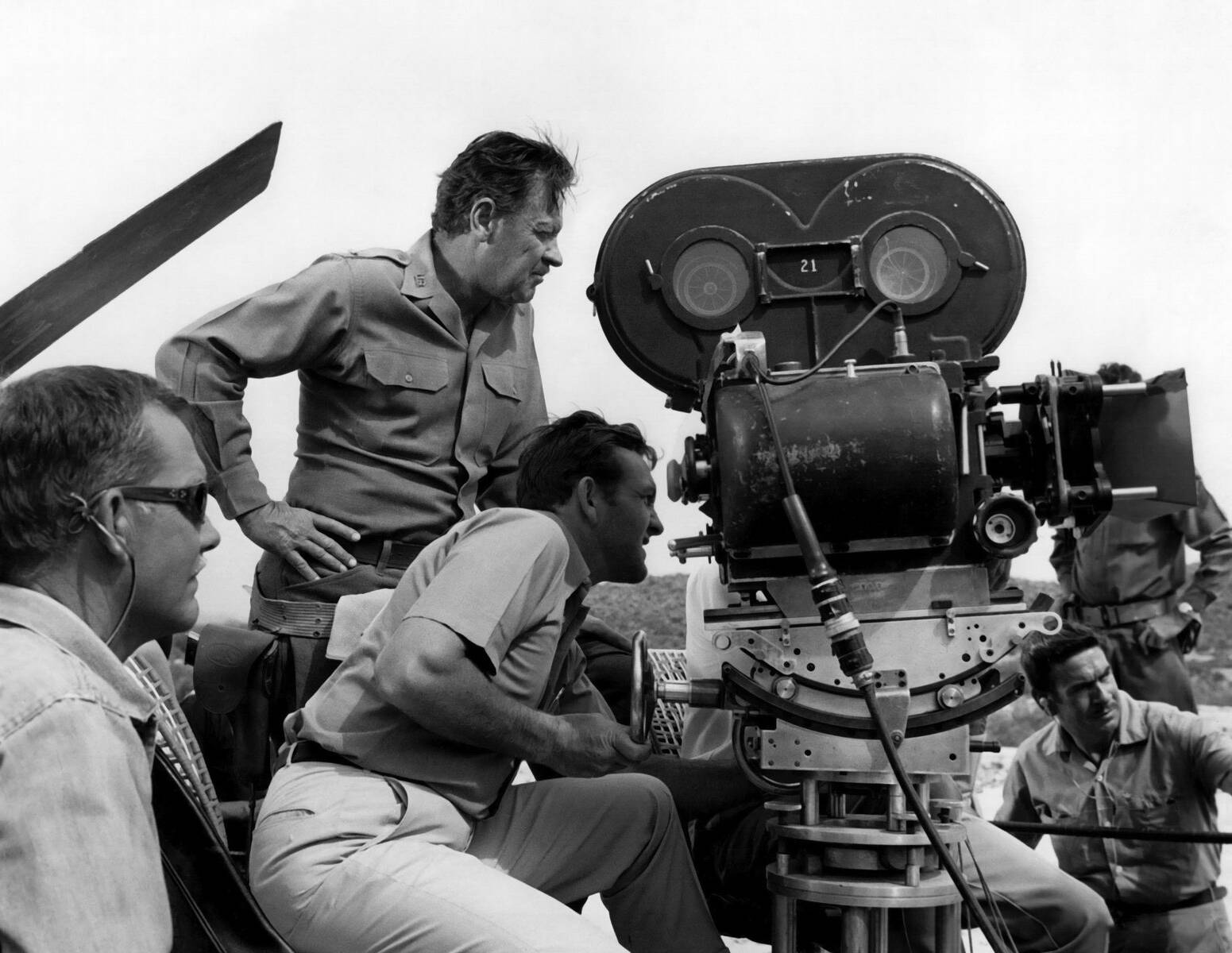
In the decades since the ’60s, the movie industry of the decade has been immortalized as “New Hollywood,” where increasingly gritty movies like The Good, The Bad, And The Ugly, Psycho, Easy Rider, and the first James Bond movies were capturing the attention of young audiences.
It’s in that context that Sam Peckinpah and William Holden can be seen filming The Wild Bunch in 1969. As for why it took place, the emergence of TV put the film industry in a legitimate crisis throughout the entire decade. Big budget spectacles like Cleopatra and movies appealing to the burgeoning Baby Boomer population were seen as strategies to combat this trend.
A Reason For Jubilant, Relieved Celebration
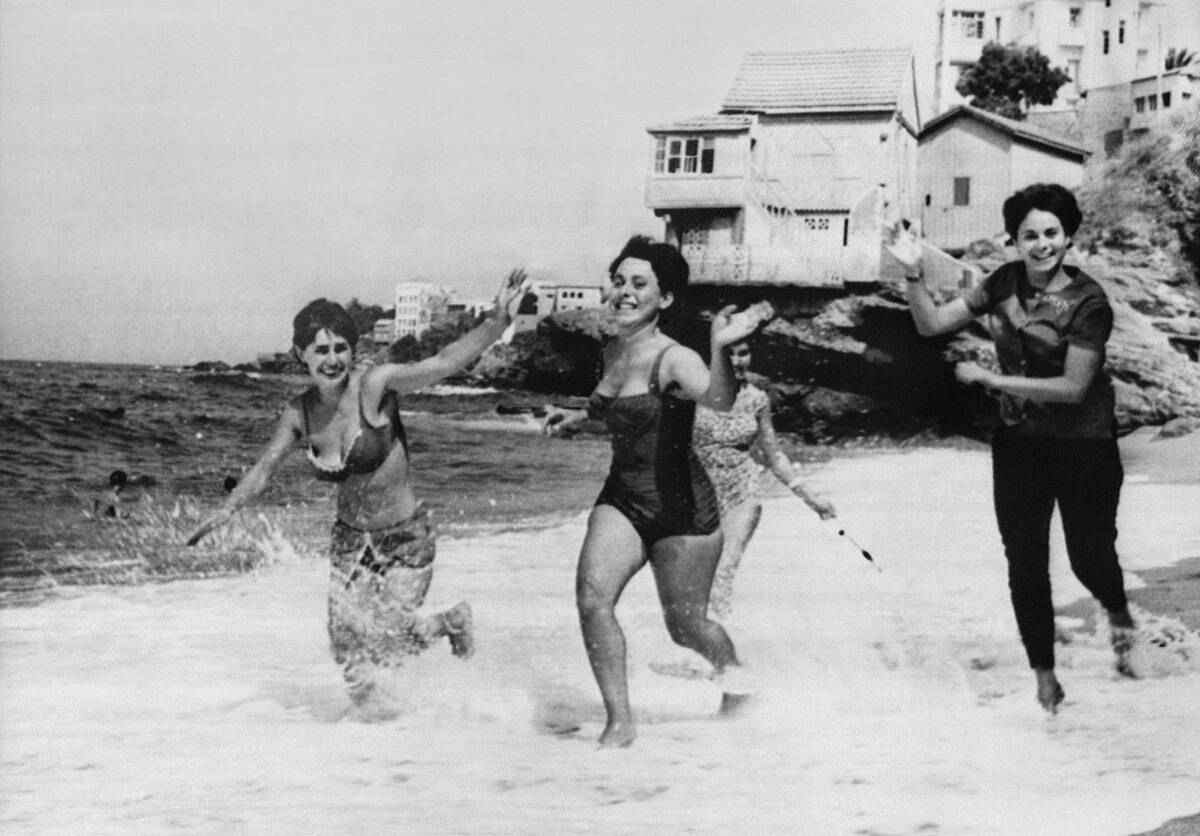
While it was certainly not unusual to find youths having a carefree romp at the beach in the early ’60s, these young women were doing so for a special and hard-won reason.
After seven years of warfare, Algeria formally gained its independence from France on July 1, 1962. This frolicking took place about a week later, but it certainly takes longer than that to get used to one’s hard-won independence.
Modern Hair Salons Were Starting To Take Shape
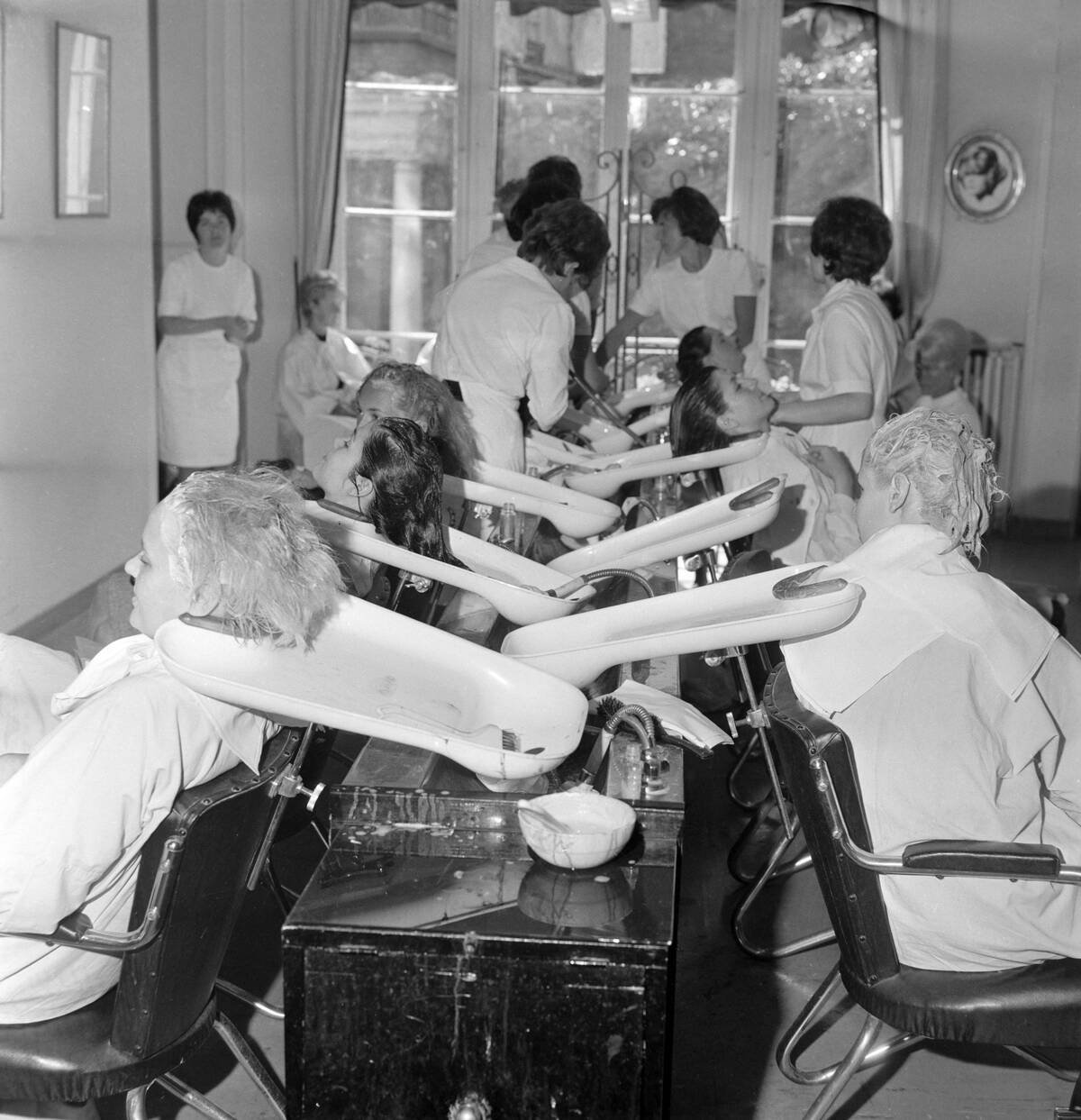
As an alternative to the classic barber, Americans were finding more of a stylistic experience at hair salons like this one in Paris in 1961. Although the basins were a lot longer then than they are in modern times, it doesn’t look too dissimilar from the current experience.
Although France tends to be on the forefront of cultural innovations like this, it’s not unlikely that an identical experience could be enjoyed in America’s major cities by the time this photo was taken.
If You Saw A Public Information Film, It Likely Started Here
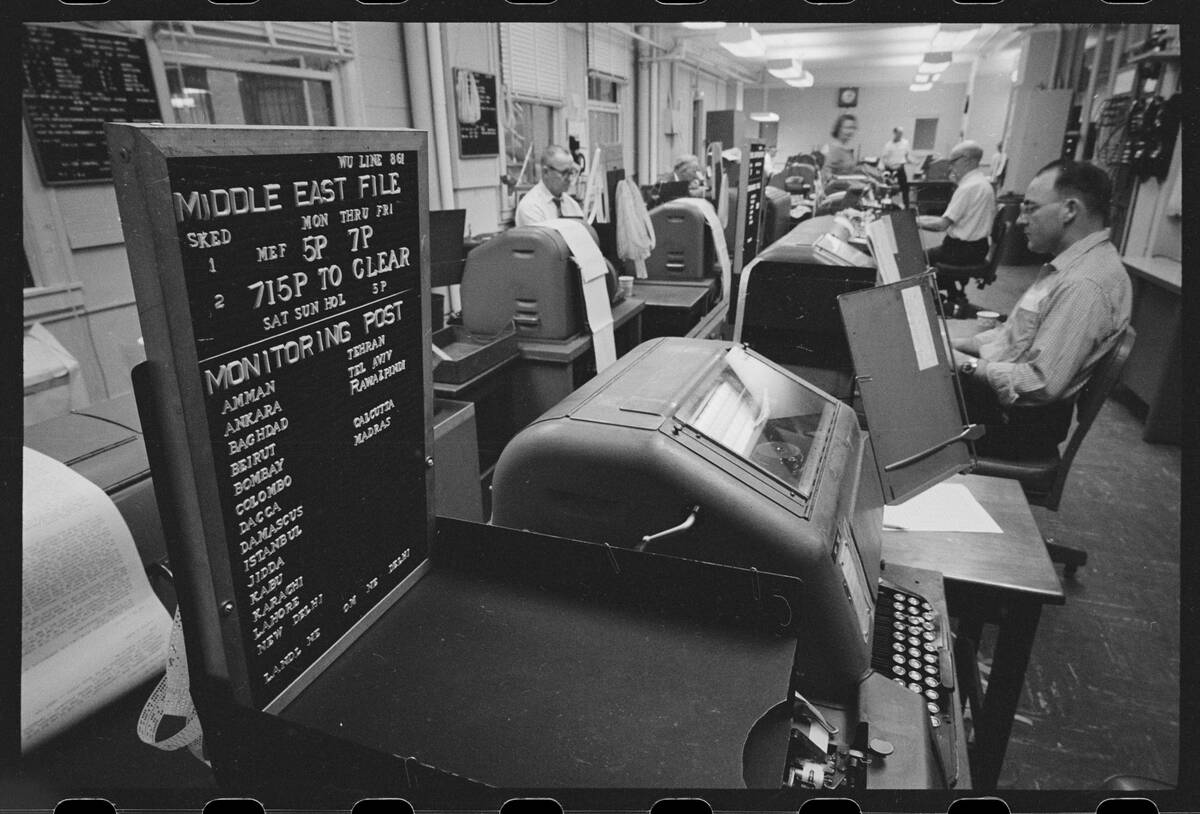
This photo was taken at the offices of the United States Information Agency, which was a government agency that was all but explicitly devoted to creating propaganda. It existed from 1953 to 1999 and was envisioned by President Eisenhower as a means to make U.S. policy propaganda more convincing by appearing to come from an independent source.
Of course, creating even a carefully curated view of the world requires diligent and up-to-date reports on what’s going on throughout the world. Specifically, this desk handles the “Middle East File” and is monitoring information coming in from the region’s biggest cities like Beirut, Lebanon, and Damascus, Syria.
Seattle Got Its Time In The Spotlight
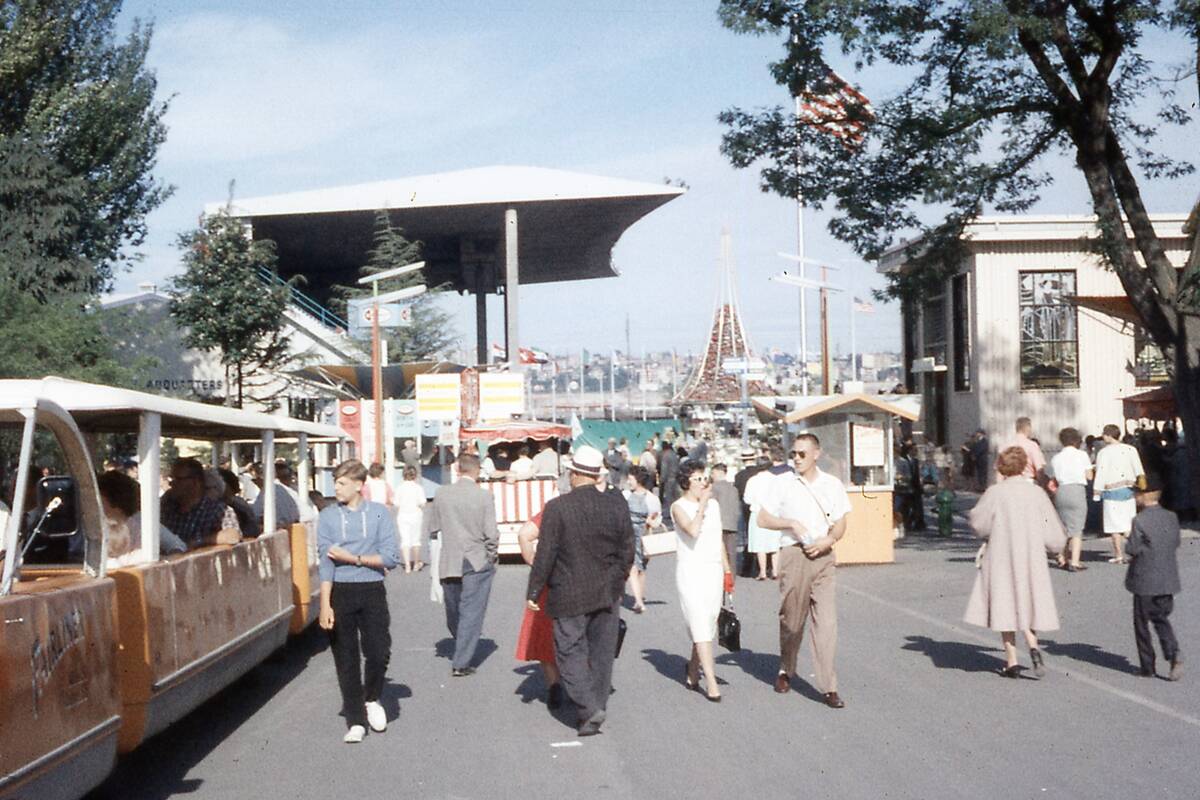
Seattle, tucked away in the Pacific Northwest, was not generally seen as a major American city during the early 20th century – but this perception started to shift in the 1960s.
Much of the change is attributable to the 1962 World’s Fair, which was held from April to October in Seattle. The event attracted nearly ten million visitors and spurred the construction of Seattle’s iconic Space Needle.
This Was The Most Swinging Store There Was
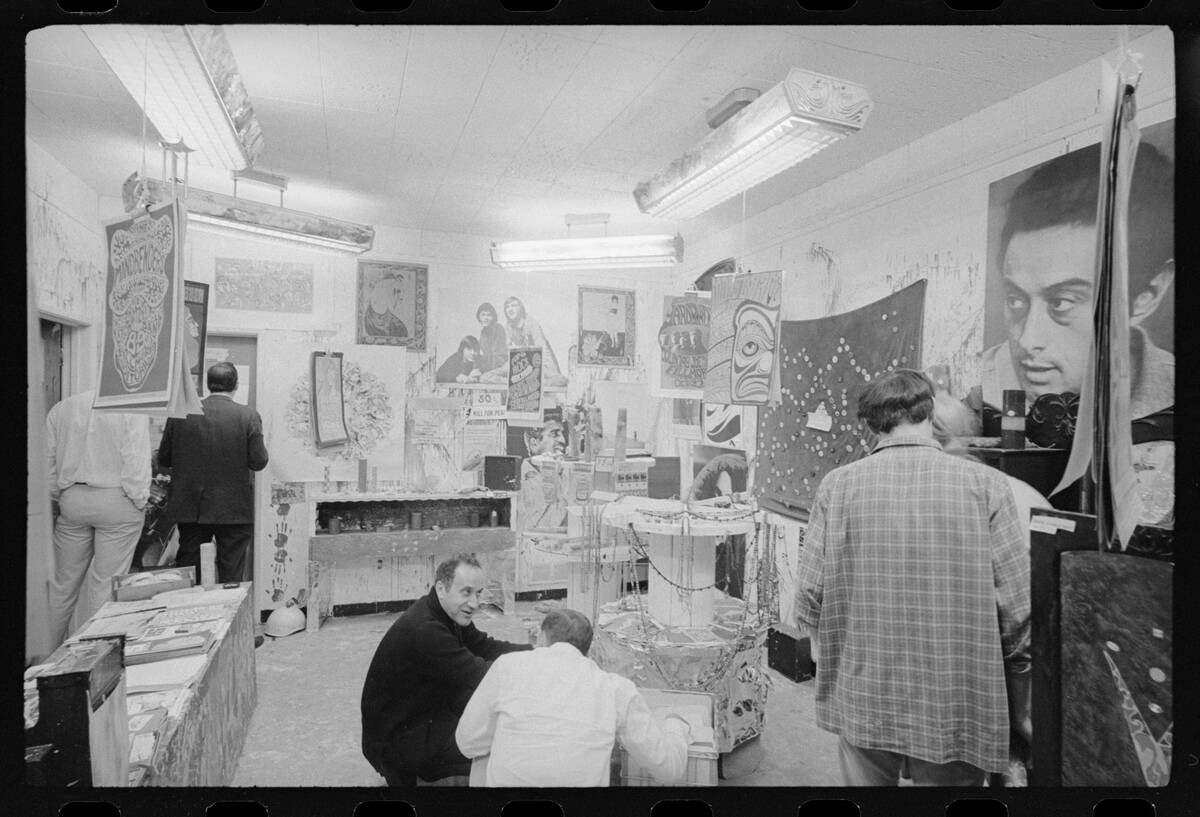
Most people nowadays can name at least one “cool” shop in their town that’s big on alternative styles and pop culture. In such places, one can typically expect to find a large selection of music T-shirts, edgy clothing, and other subcultural memorabilia.
Well, this photo demonstrates that such stores existed during the ’60s as well. For instance, The Source in Washington, D.C., styled itself as a “countercultural shop” in 1967. If anything gives that ethos away, it’s the poster of comedian Lenny Bruce, who had already faced his first obscenity trial by then.
Jazz Was In Its Most Experimental Era
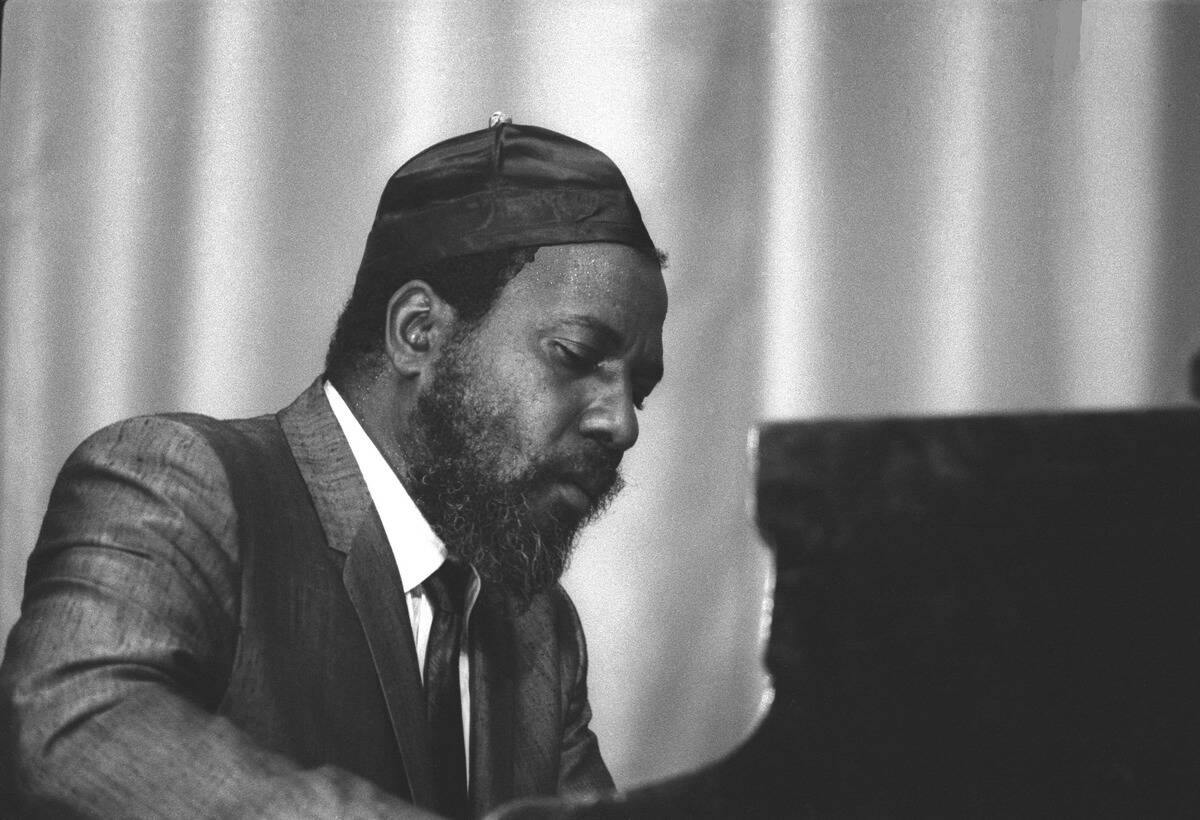
Although Jazz was the prevailing popular music throughout the ’20s and ’30s, the genre started to get more niche and was considered the province of musicians and sophisticates by the ’40s.
By the 1960s, the previous innovations of bebop and hard bop jazz had blossomed into the intricately complex and improvised free jazz and avant-garde jazz movements. Here we can see Thelonius Monk at his piano and his unique improvisational style in playing, and his intricate compositions made him one of this era’s masters, along with John Coltrane and Pharoah Sanders.
Neon Lit The Way
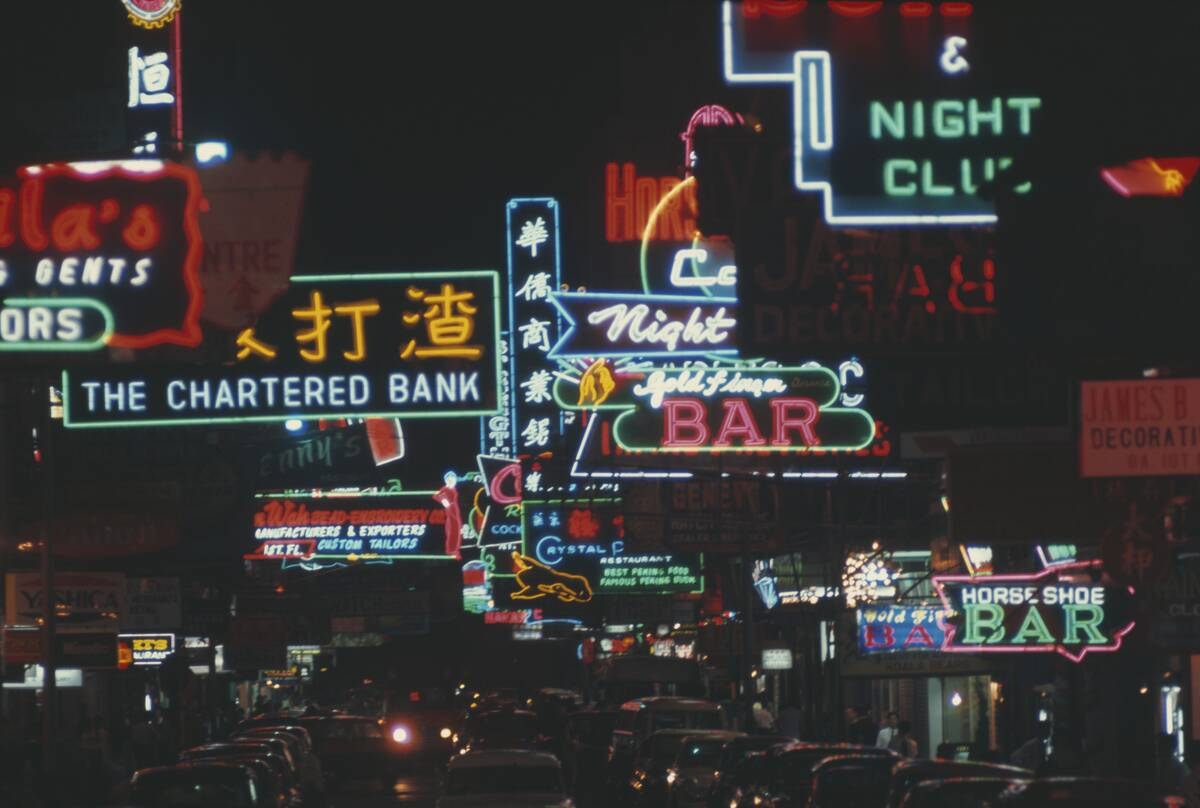
Neon lights are commonly associated with American destinations like Las Vegas or Times Square in New York, but this 1965 image of Hong Kong (likely showing a string of bars on Cameron Road in Kowloon) shows that other cities had embraced neon by the mid-’60s.
This was a transformative era for Hong Kong, as the city’s population swelled significantly following the influx of refugees from mainland China after the country’s Communist takeover in 1949.
This Wouldn’t Be New York’s Tallest Building For Long
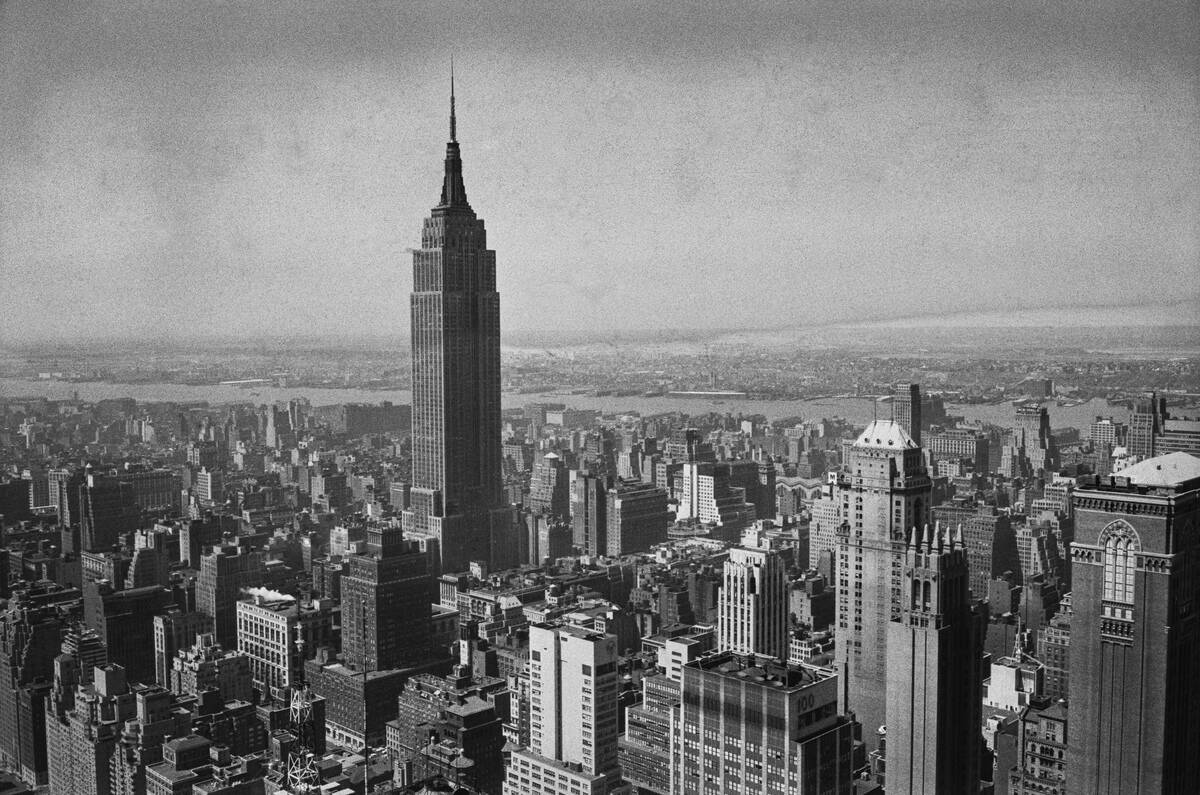
When this photo was taken in 1962, the famous Empire State Building would have stood as New York City’s tallest skyscraper for 31 years since it first opened on May 1, 1931. However, the ’60s would also be the last decade where that remained true.
That’s because the North Tower of the World Trade Center was considered taller when construction on it finished in 1970. Although the Empire State Building sadly regained this status after 9/11, it lost it yet again to One World Trade Center in 2012.
Newspapers Were King
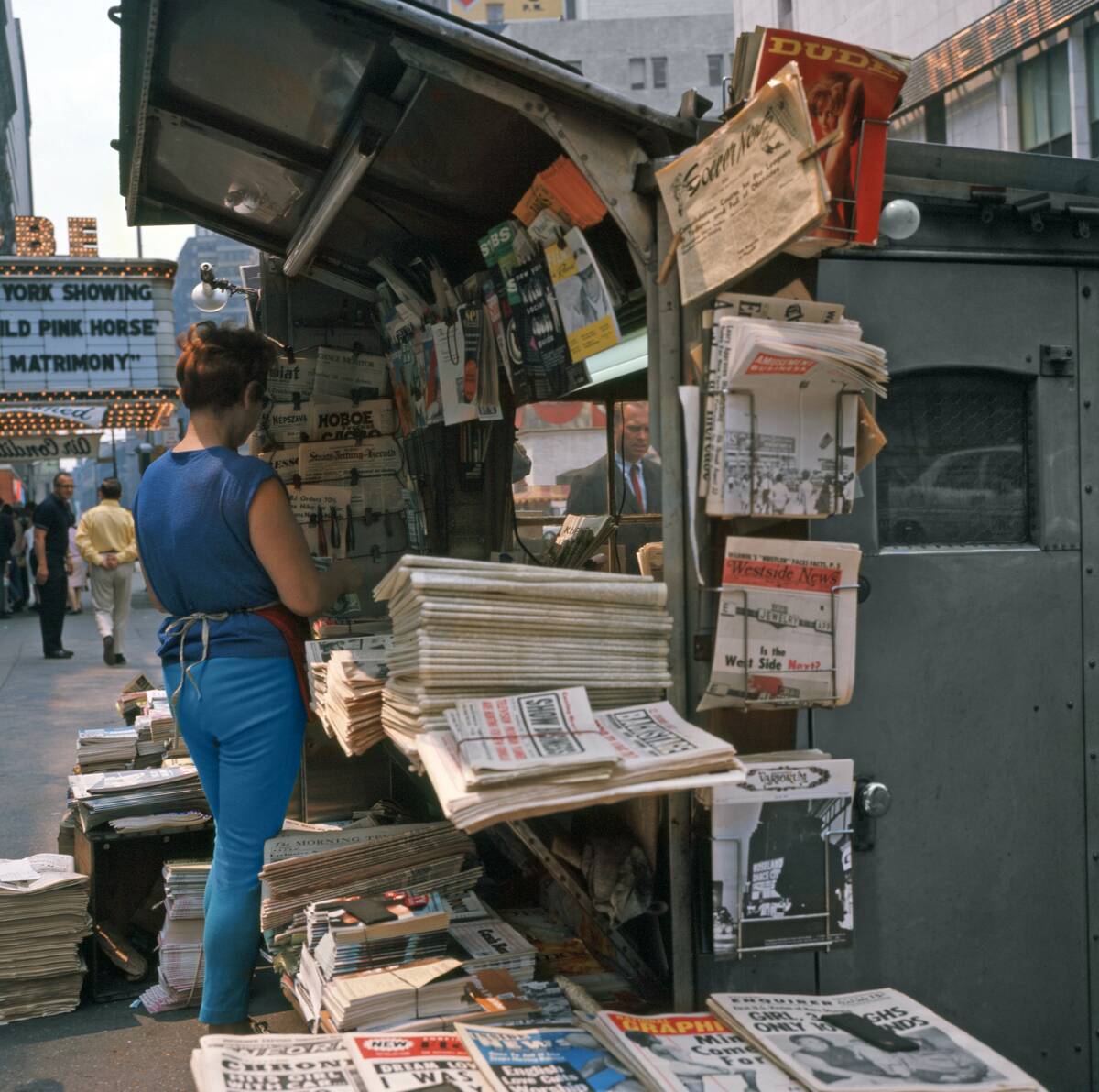
Mass media underwent a dramatic shift in the ’60s, as the prevalence of television led to TV news becoming an institution. While this new medium was growing in popularity, newspapers were still the primary way that most Americans got their news.
This can be seen in the newsstands that were an ever-present feature in most American cities throughout the 20th century.
The West Coast Would Get Its Own Iconic Structure
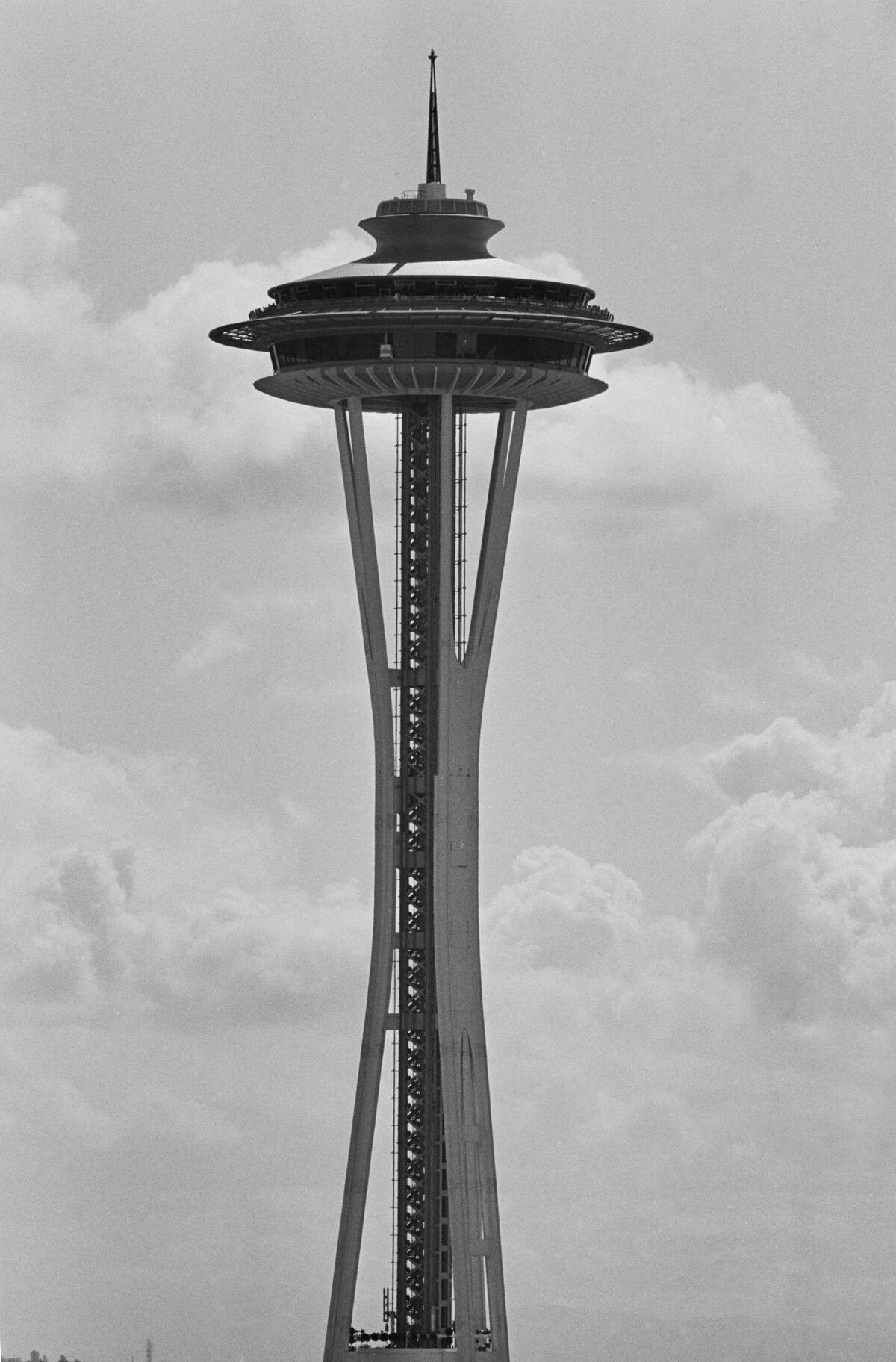
Although Los Angeles obviously has its share of skyscrapers, one of the most iconic structures on the West Coast comes a little further north in the form of Seattle’s grand Space Needle.
Futuristic in name and design, this towering structure came to exist as the grand centrepiece of the 1962 World’s Fair, which Seattle hosted that year. Although it’s not considered the most exciting tourist destination, the Space Needle has clearly remained beloved enough to keep standing tall over half a century later.
Car Designs Were Iconic

The ’60s is a memorable decade for car buffs, as it represents Detroit’s automaking innovation at its peak. This image shows the 1964 Ford Mustang II as it’s shown off during a car show in New York.
The sleek design, long hood, and short rear deck made the car an icon almost immediately, and customization options meant that buyers could truly make the car their own.
Motorcycles Were Already Getting Faster
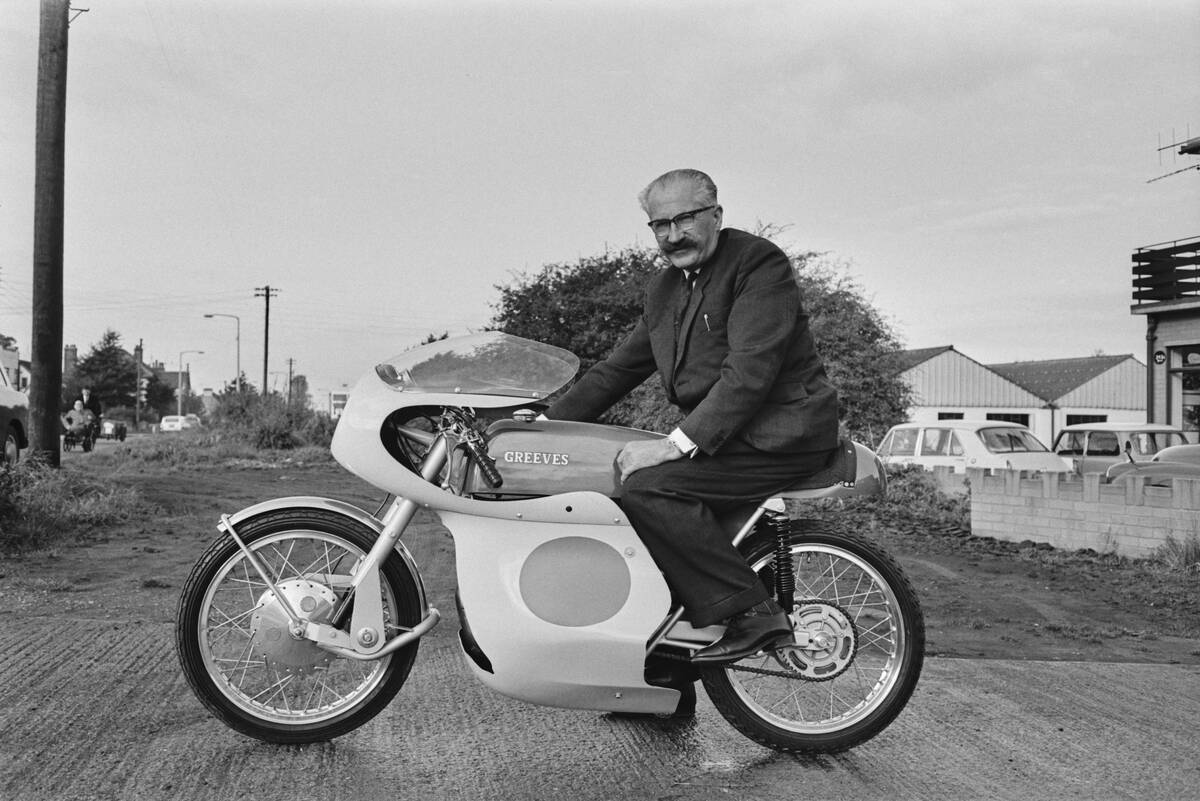
Although motorcycle sports like Motocross had already existed for decades by the 1960s, the decade nonetheless saw serious innovations in motorcycle design that are all but taken for granted today.
The lumbering Harley-Davidson models associated with the decade’s bikers were certainly popular, but Bert Greeves was one of the pioneers designing performance-focused racing motorcycles like this by the mid-1960s. Although it’s a little boxier than modern racing bikes, the design is fairly similar.
